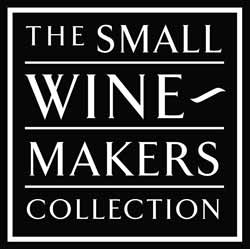An Introduction to Jura
The Jura region, in the foothills at the beginning of the French Alps, is undergoing a bit of a renaissance due to the curiosity of young sommeliers and the public’s fascination with anything new. A small, obscure but not ‘new’ at all wine production area, about 100 km due east of Burgundy’s Côte d’Or and roughly parallel to it, Jura’s vines are scattered throughout the region as they are planted mostly on south to southwest facing slopes or valley floors where possible. Still, there are three concentrations of vineyards that allow for AOCs worthy of notice. The most famous – and the most unusual – is Château-Chalon, specializing in a type of oxidized white wine known as vin jaune. Made exclusively from Savagnin, vin jaune is fermented normally and then placed in barrels filled only 2/3 so, as it ages a minimum of six years, a layer of flor-like yeast grows on the surface of the wine not unlike fino sherry, producing an angular but nutty style of wine capable of long ageing. There are many producers of this traditional wine but Henri Maire is considered the ne plus ultra. The two other AOCs of note are Arbois and l’Étoile, named after the star shaped fossils found in the local limestone. Savagnin and Chardonnay are the two most important white grapes. Charming, if somewhat light in style Jura reds are fashioned from local stalwarts Trousseau, Poulsard and Pinot Noir. Many Jura wines can delight, especially with food.
